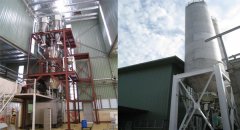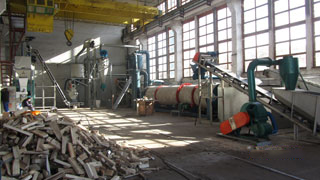How to Avoid Oil Color Reversion in the Oil Refinery Process
In the vegetable oil refinery plant, the bleaching process is used to decolorize the oil by removing pigment in it and thus the color may look brighter. The fresh oil products all seems transparent and light in color, but with time goes, some of the packed oils may looked darker than they used to be, this phenomenon is called color reversion.

Transparency is one of the quality standards of the oil, so the color change means the oil quality change. After the refinery processes, the color reversion may happen in hours, in days or even longer, the speed of this progress tells the refinery treatment is good or not, that is why people like to choose the oils that looks more transparent and brighter.
Generally speaking, except for the pigment residue, oil oxidation is the main and direct cause for the color reversion. The data implies that the green soybean contains more phospholipid molecules than the mature soybeans, this matter is able to react with the metal (iron icons) in the oil, iron icon is one of the main factors that will cause the oil oxidation. So dephosphorization is helpful to improve the oil quality in the pretreatment process. Use clay in the oil bleaching is a good option; clay is able to transform all the reverse matter to incomplete color reverse matter, this would also postpone the color reversion. Lastly, choose containers made of quality stainless steel for the storage of oil:this would reduce oxidation of the copper and iron and prevent the oil color reversion in the transportation and storage.




